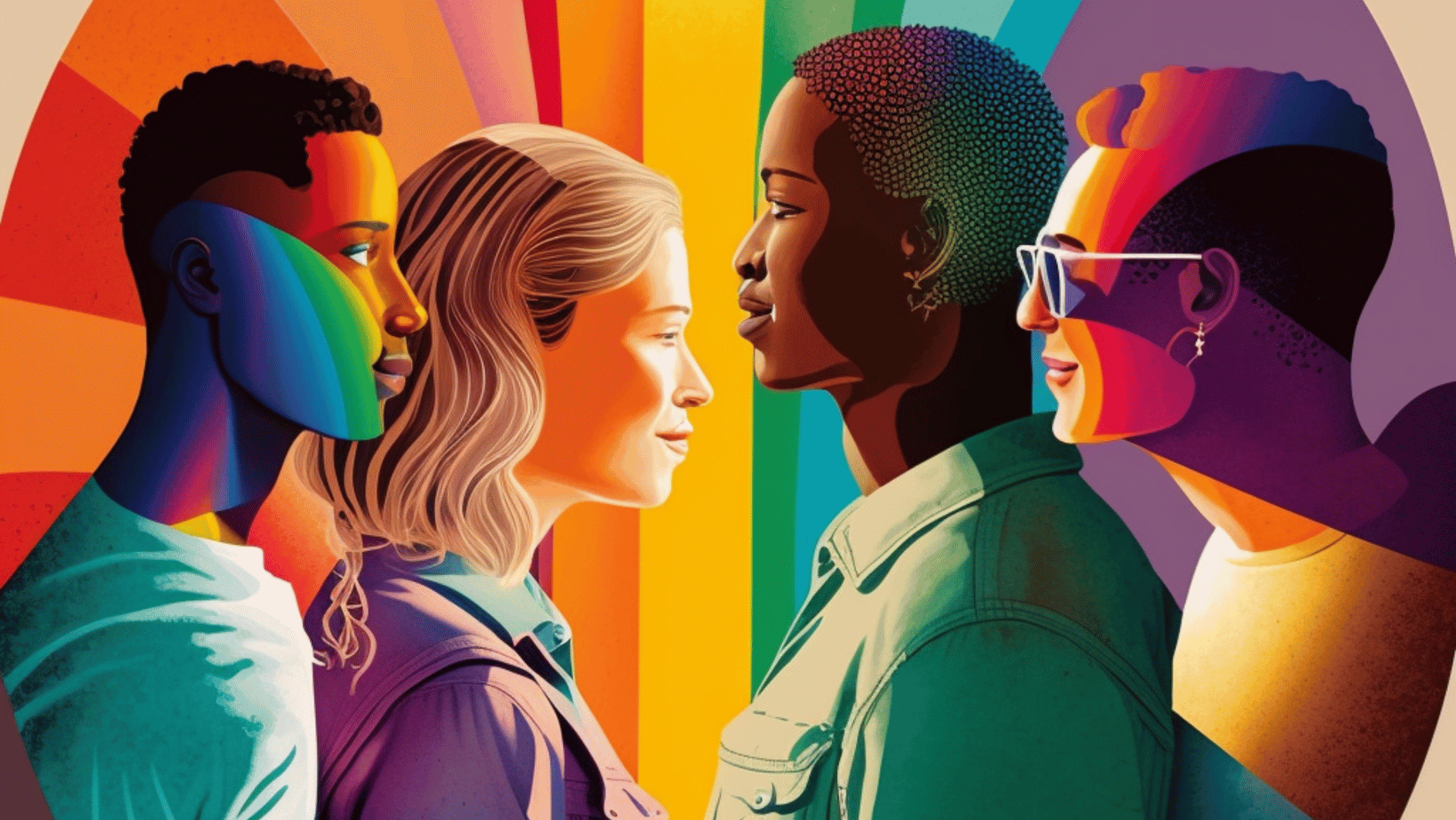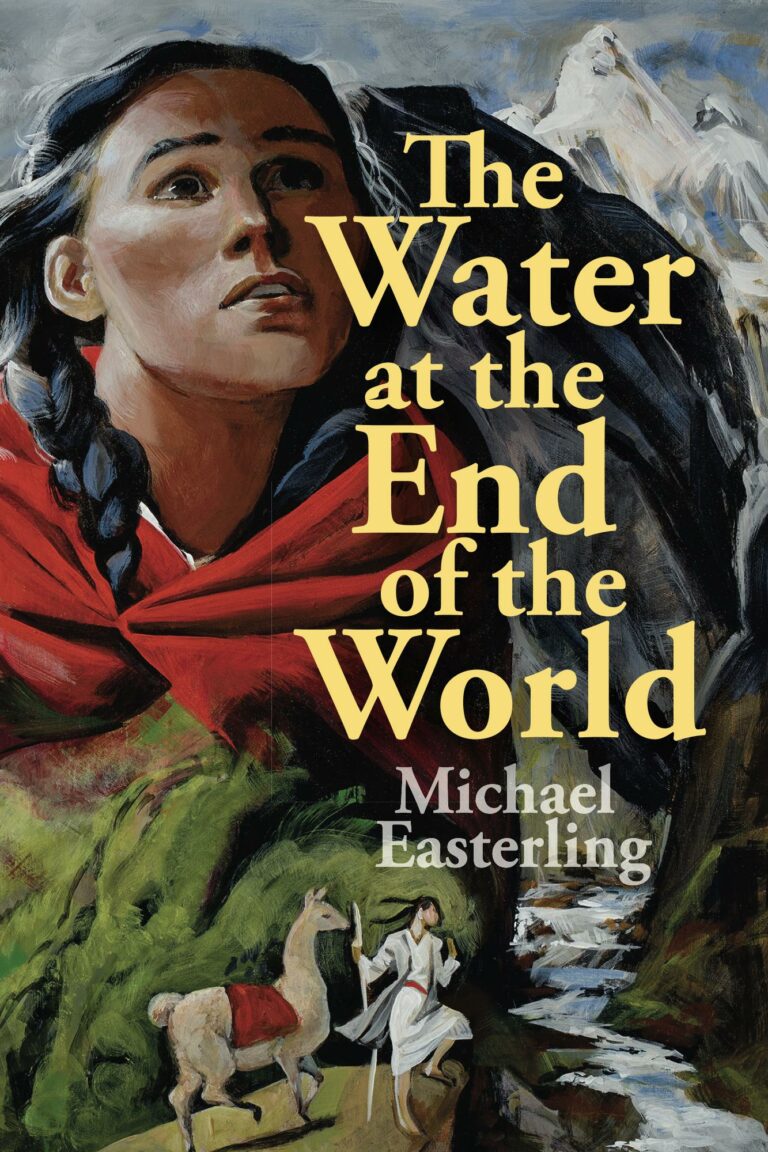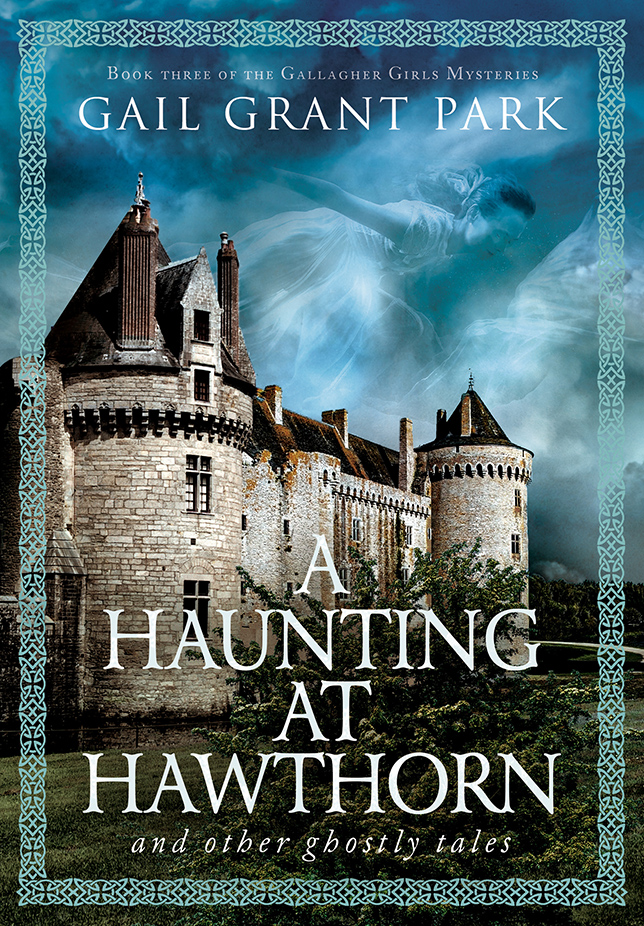In recent years, the literary world has undergone a noticeable shift. Where once mainstream publishing favored a narrow set of perspectives – predominantly white, Western, male, and middle class – there is now a deliberate and growing push toward diversity, inclusivity, and authenticity in storytelling. Writers from underrepresented backgrounds are gaining visibility, readers are demanding voices that reflect the complexities of the world, and publishers are actively investing in books that broaden the cultural landscape.
This movement has opened doors for many, reshaping the industry in meaningful ways. But like any major shift, it comes with both strengths and challenges.
The Case for Diversity and Inclusion
1. Representation Matters: When readers see themselves reflected in stories, it can validate their experiences and expand cultural awareness. Diverse narratives offer fresh perspectives, encourage empathy, and dismantle harmful stereotypes.
2. Expanding the Canon: Literary traditions are enriched by voices once sidelined. Queer narratives, Indigenous futurisms, neurodiverse characters, and multilingual works are reshaping what “literature” means, challenging conventions, and diversifying the artistic canon.
3. Market Demand: Readers – especially younger audiences – are seeking authenticity. Social media movements like #OwnVoices and BookTok have amplified marginalized authors, showing publishers that inclusivity isn’t just ethically important but also commercially viable.
The Challenges and Pitfalls
1. Tokenism and Box-Ticking: In the rush to appear progressive, publishers sometimes tokenize marginalized writers, selecting works primarily for their identity rather than literary merit. This risks flattening complex individuals into symbols.
2. Pressure on Marginalized Authors: Writers from underrepresented groups often feel pressure to center their work on their identity or trauma, rather than being free to write in any genre or style. There is also the burden of being asked to “represent” entire communities, which can stifle artistic freedom.
3. Superficial Inclusivity: Not all inclusivity is genuine. Sometimes representation is shallow, used more as marketing leverage than as a commitment to systemic change in publishing. Readers and critics have increasingly become wary of “performative diversity”.
Why It’s Easy to Get Wrapped Up in It
The momentum behind inclusive literature is powerful. For readers, there’s a genuine joy in discovering voices that had been excluded. For publishers, there’s both a moral and financial incentive to champion diversity. For writers, there’s often solidarity in joining a larger cultural shift.
But it’s easy to conflate the idea of inclusivity with substance. A book might be celebrated for what it symbolizes rather than what it achieves artistically. At the same time, audiences – hungry for progress – may overlook the nuances of execution. In other words, the excitement around representation can sometimes overshadow questions of craft, depth, and longevity.
Advice for Authors
1. Write Beyond Expectation: Don’t feel confined to writing only about identity or struggle. Freedom of creativity is part of authentic expression.
2. Do the Work with Sensitivity: If you’re writing about cultures, communities, or experiences outside your own, commit to deep research and humility. Consult sensitivity readers where possible.
3. Value Craft First: Representation is important, but so is strong storytelling. Let your writing stand on both its identity and its artistry.
4. Resist the Spokesperson Burden: You don’t need to represent everyone in your community – your voice alone has value.
Advice for Readers
1. Read Widely: Support authors from underrepresented backgrounds across genres, not just in books that focus on identity.
2. Engage Critically: Don’t buy or praise a book only because it appears “diverse.” Ask: is it also well-crafted, meaningful, and resonant?
3. Avoid Tokenizing: One book or one author cannot represent an entire community. Read broadly within and beyond a given identity category.
4. Support with Intention: Seek out small presses, translated works, and lesser-known authors. Your choices shape which voices continue to be amplified.
Moving Forward
The path ahead isn’t about abandoning inclusivity but about deepening it. True diversity in literature means more than publishing a checklist of identities – it means making space for a wide range of stories, tones, and genres. It means ensuring writers have the freedom to be playful, experimental, or even apolitical if they wish, without being reduced to spokespeople for a cause.
If handled with care, the movement for diverse and authentic voices can continue to transform literature into a richer, more truthful mirror of human experience. The key is to celebrate representation while safeguarding nuance, literary quality, and writers’ freedom to go beyond expectation.
As diverse voices continue to shape literature, how can we honor authenticity without compromising literary merit?
Follow us on Facebook and Instagram for more insights, and share your thoughts in the comments!











